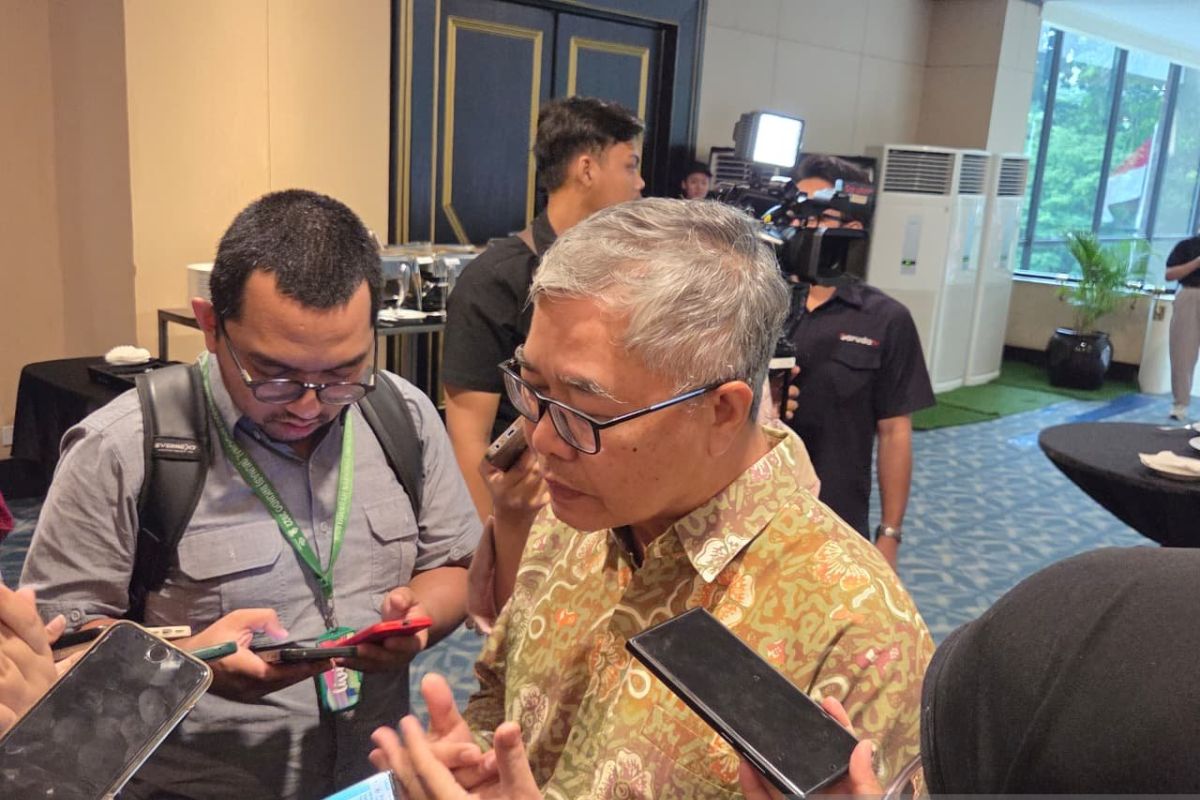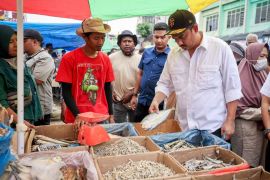He said that export market diversification is highly necessary to ensure Indonesia does not rely too heavily on just one or two trading partner countries.
“The fact is: we cannot rely on just a few trading partners,” Abdullah said at a press conference on the Digital Economy Research Report here on Tuesday.
He added that market diversification will also make Indonesia’s trade composition healthier.
“We will have a healthier (trade) composition. We will not depend on one country. Diversification, and that won’t be easy, but at the very least, we must start by opening that door,” he said.
Based on 2024 data, Indonesia’s total trade with Peru stood at US$479 million. Its exports to Peru amounted to US$329.4 million and imports totaled US$149.6 million.
Indonesia’s main export goods to Peru include motorcycles, cars, footwear, and palm oil. Meanwhile, its imports from Peru include cocoa, berries, fertilizers, and other agricultural products.
Under the IP-CEPA, Indonesia will eliminate tariffs on around 85 percent of more than 9,700 products originating from Peru. Meanwhile, Peru will eliminate tariffs on 87 percent of more than 6,900 products from Indonesia.
Under the IP-CEPA, both countries have agreed on several strategies to boost their trade surplus, including increasing trade volume, enabling technology transfer in certain sectors, and strengthening the framework that promotes economic relations, prosperity, and solidarity in facing global challenges.
The Indonesian government will also negotiate agreements on investment and services to strengthen bilateral relations. With the IP-CEPA in place, Peruvian products such as chocolate, sugar, and rice can enter the Indonesian market tariff-free.
Related news: CEPA could boost exports to Peru by US$5 bln: ministry
Related news: Indonesia-Peru CEPA to expand bilateral market access: Official
Translator: Bayu, Kenzu
Editor: Primayanti
Copyright © ANTARA 2025












